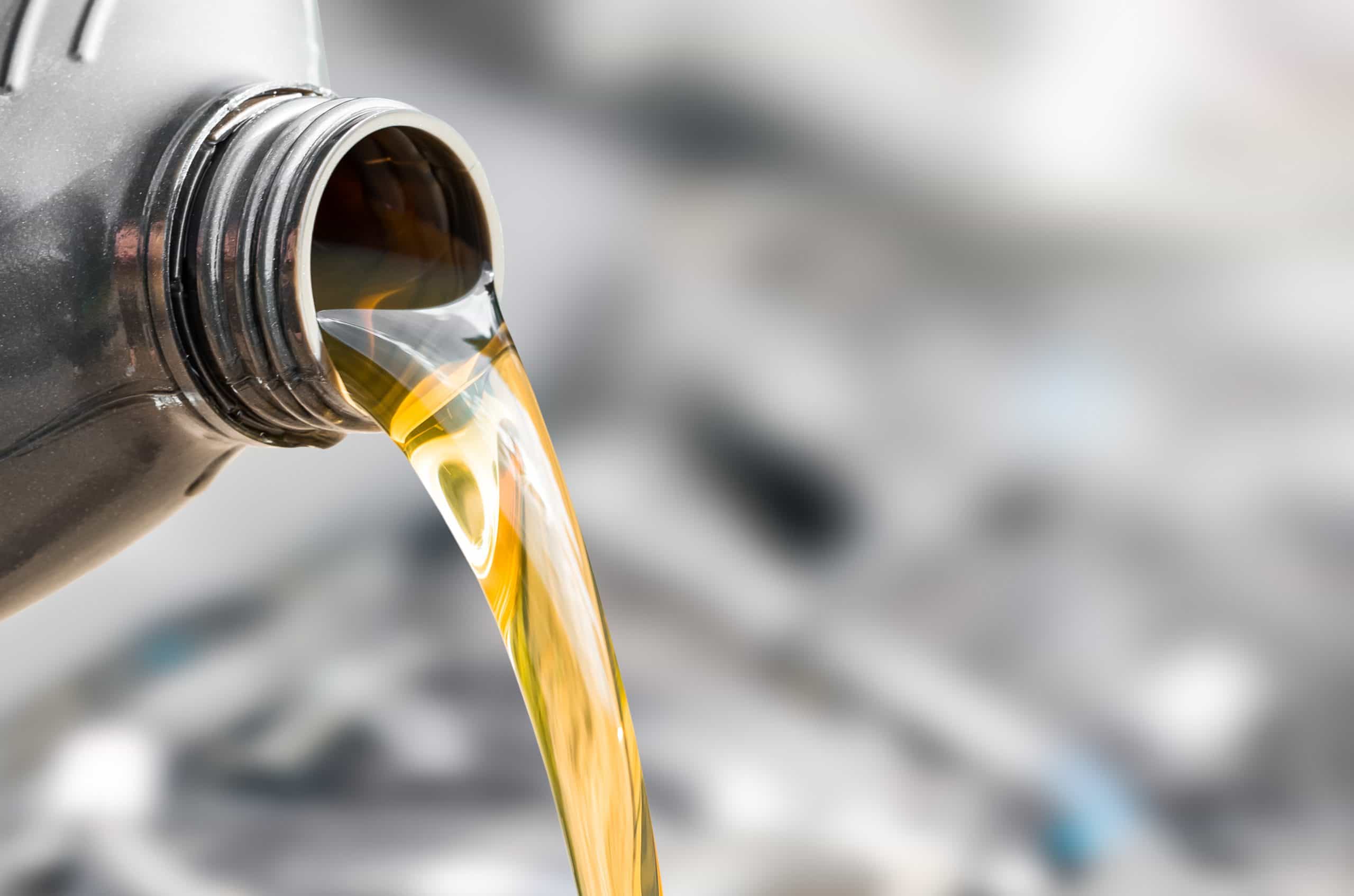Viscosity index improvers play a key role in improving the performance of lubricants across varying temperatures. Recent innovations have brought advanced solutions that improve efficiency, durability, and sustainability. These breakthroughs are reshaping the industry by addressing challenges in temperature stability and performance, ensuring lubricants meet modern demands.
What are viscosity index improvers?
Viscosity index improver additives are polymer additives designed to improve a lubricant’s ability to maintain a stable viscosity over a wide temperature range. They prevent lubricants from thinning excessively at high temperatures or thickening at low temperatures, ensuring consistent performance in machinery.
Advancements in polymer technology:
One of the key innovations in VI improver additives is the advancement in polymer technology. Over the years, polymers used in viscosity modifiers have evolved, with new chemical structures being developed to improve performance. These advanced polymers offer better shear stability, meaning they are less likely to break down under stress. This results in longer-lasting viscosity control, even under high-temperature or high-stress conditions. Newer polymer types, such as styrene-diene copolymers and hydrogenated polymers, provide better cold-temperature performance and lower volatility compared to traditional polymers.
Improved temperature stability:
Temperature stability has always been a key challenge for VI improvers. Innovations in additive technology have led to improved temperature stability in modern lubricants. New VI improvers are designed to perform consistently at both extremely low and high temperatures, providing improved protection in a wider range of climates. These additives help prevent oil thickening in cold conditions and oil thinning in hot conditions, maintaining optimal lubrication in all temperatures. This makes them especially important in regions with extreme temperature variations and in machinery that operates in both hot and cold environments.
Improved fuel economy:
The drive for fuel efficiency has led to significant improvements in VI improver additives. Modern additives are designed to optimize lubrication performance while reducing friction, which directly impacts fuel consumption. By maintaining the correct viscosity across a wider temperature range, these additives contribute to reduced drag on engine parts, allowing engines to operate more efficiently and consume less fuel. This is particularly important in automotive lubricants, where fuel economy is a key concern for both manufacturers and consumers.
Eco-friendly developments:
As the industry moves towards more environmentally conscious practices, innovations in VI improvers have focused on developing eco-friendly and biodegradable options. These newer additives are designed to meet the performance requirements of modern engines and machinery while minimizing environmental impact. Biodegradable VI improvers break down more easily in the environment, reducing the ecological footprint of lubricants.
